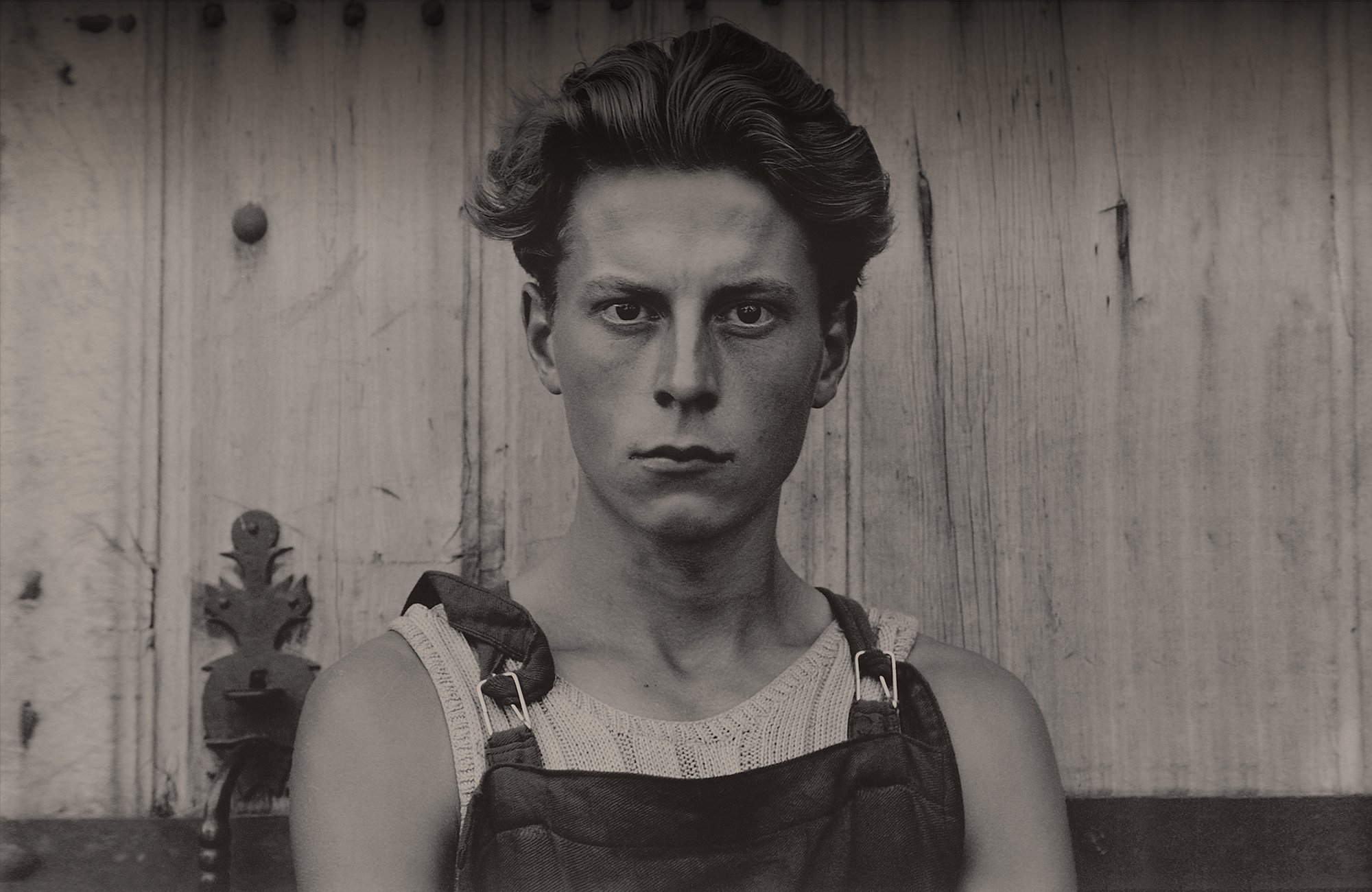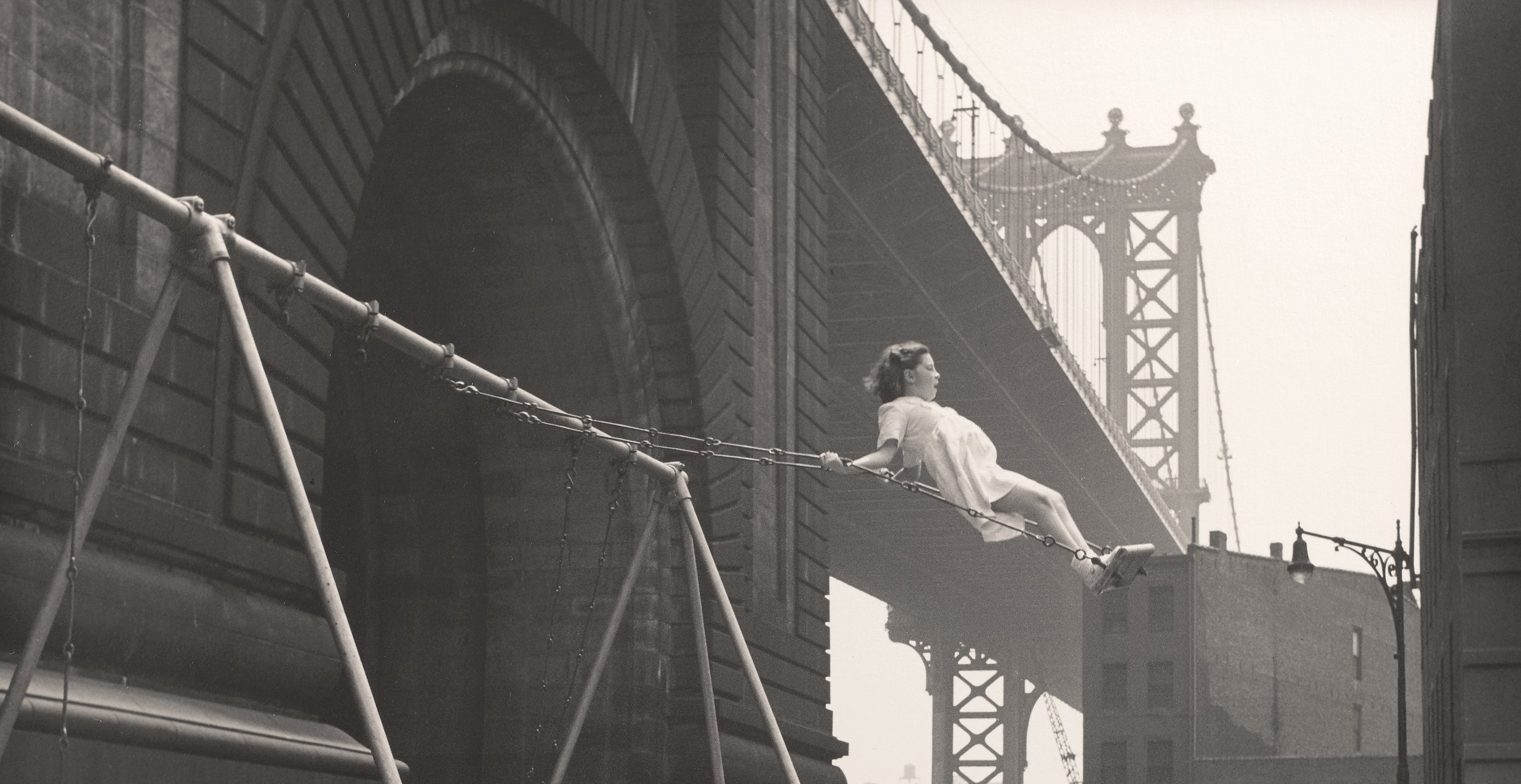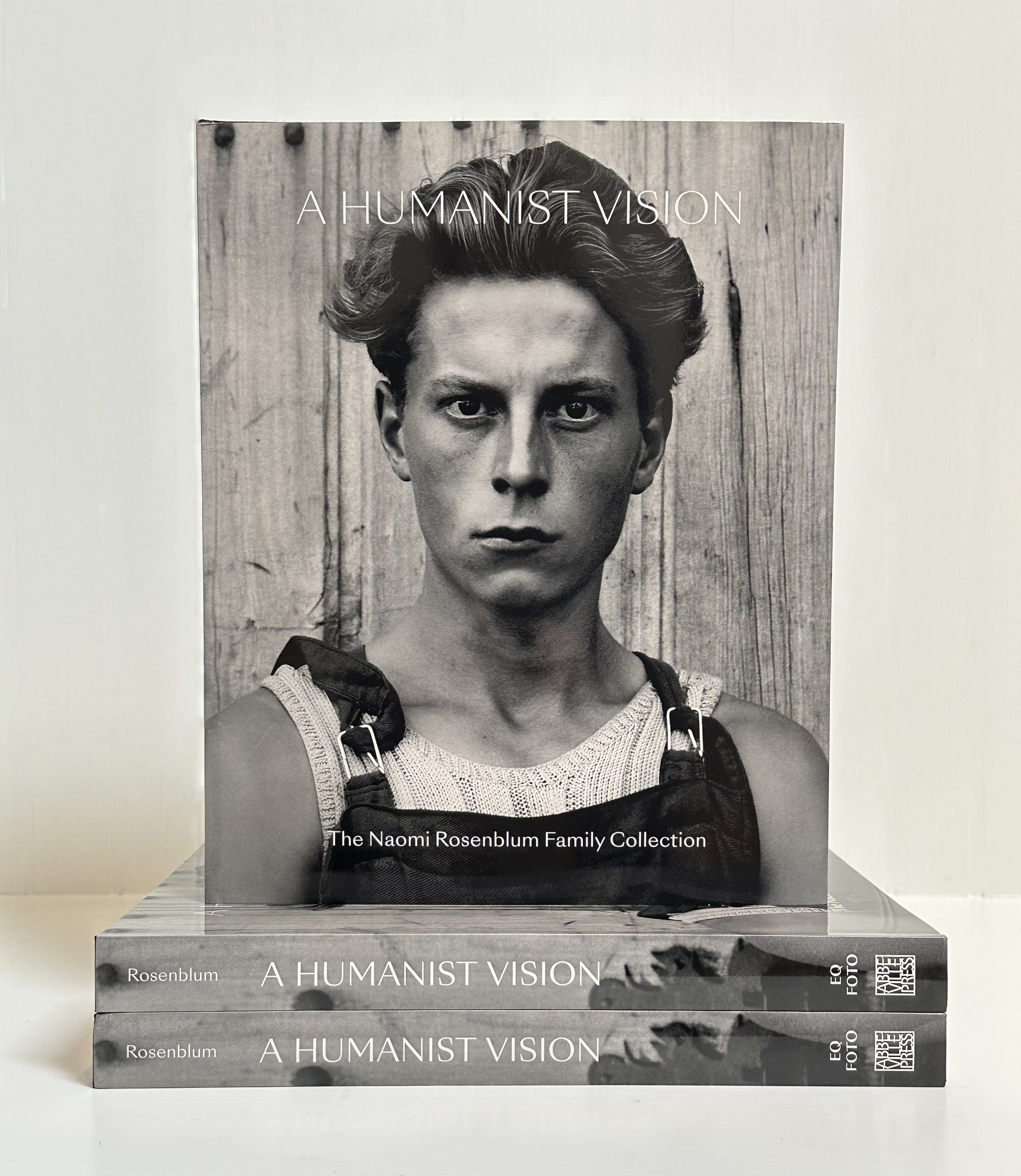

The Naomi Rosenblum Family Collection
A Trailblazing Legacy in Photography and Scholarship
This beautifully designed volume, conceived by Naomi and her daughters, Nina and Lisa, marks the first publication of the family’s exceptional collection, which is focused on work that combines aesthetic considerations with humanist values. The photographers represented range from pioneers like Alfred Stieglitz, Margaret Bourke-White, Dorothea Lange, Lewis Hine, Paul Strand (the subject of Naomi Rosenblum’s doctoral dissertation), and her husband, Walter Rosenblum, to acclaimed contemporary practitioners including Carrie Mae Weems, Susan Meiselas, Donna Ferrato, Ming Smith, and Sebastião Salgado. The collection is intergenerational and also includes important examples of twentieth-century sculpture by such artists as Lynn Chadwick and Barry Flanagan.
“The book is a gem; a scholarly and heartfelt examination of her life and passion to make us all aware of the importance of imagery to our collective memory. The book is lovingly composed and orchestrated with the details of Naomi’s life and courage to call it as she sees it.”
—Jeanne Moutoussamy-Ashe, photographer
“ … a truly a beautiful book. I love the layout—an impressive and lively flow of images … Your book is a unique commemoration…”
—Stephanie Wiles, Henry J. Heinz II, Director, Yale University Art Gallery

NAOMI ROSENBLUM
She Taught the World*
As a photo historian, professor, curator, and photographer, I am excited to reflect on the work of Dr. Naomi Rosenblum and her voice in the field of photography. Naomi’s magic touch is found in her body of work.
One of the first women to earn a doctorate in the history of photography, she taught throughout her career, at the Department of Photography at New York University (NYU) and other institutions. Her work, over some thirty years, shaped the field of photography. Naomi served as a guide to curators, art historians, and the photographic community, changing how we understand images through social history, archival practices, contemporary art, and representation. She made tremendous contributions to the study of women photographers and to the history of photography. A mentor to many—definitely to me—Naomi taught the world how to see the possibilities of women behind and in front of the camera.
*From Deborah Willis’ essay “Naomi Rosenblum: She Taught the World.”

ART WORKS
My cloud photographs are equivalents of my most profound life experiences, my basic philosophy of life. All art is an equivalent of the artist’s most profound life experiences.
—Alfred Stieglitz,
Equivalent, 1930
[The photographer] gives form to content by a distillation of ideas, thought, experience, insight and understanding.
—Edward Steichen
Lotus, Mount Kisco, New York, 1915
The true artist, like the true scientist, is a researcher using materials and techniques to dig into the truth and meaning of the world in which he himself lives; and what he creates, or better perhaps, brings back, are the objective results of his explorations.
—Paul Strand
Lusetti Family, Luzzara, Italy, 1955
To me he was the picture of heroic beauty.
—Walter Rosenblum
Omaha Beach Rescue, Normandy, France, June 7, 1944
To be good, photographs have to be full of the world.
—Dorothea Lange
White Angel Breadline, San Francisco, 1933
I have always stood in awe of the camera.
I recognize it for the instrument it is,
part Stradivarius, part scalpel.
—Irving Penn
Mermaid Dress (Rochas) (Lisa Fonssagrives-Penn), Paris, 1950
Despite the variety of my explorations, throughout it all it has been my contention that my responsibility as an artist is to work, to sing for my supper, to make art, beautiful and powerful, that adds and reveals; to beautify the mess of a messy world, to heal the sick and feed the helpless; to shout bravely from the roof-tops and storm barricaded doors and voice the specifics of our historic moment.
—Carrie Mae Weems
Pondering Your Remains, 2003
Photographs from top to bottom: (1) Alfred Stieglitz, Equivalent, 1930; (2) Edward Steichen, Lotus, Mount Kisco, New York, 1915; (3) Paul Strand, Lusetti Family, Luzzara, Italy, 1955; (4) Walter Rosenblum, Omaha Beach Rescue, Normandy, France, June 7, 1944, Omaha Beach, Normandy, France, June 7, 1944; (5) Dorothea Lange, White Angel Breadline, San Francisco, 1933; (6) Irving Penn, Mermaid Dress (Rochas) (Lisa Fonssagrives-Penn), Paris, 1950; (7) Carrie Mae Weems, Pondering Your Remains, 2003

ESSAYS
Excerpts from the Book
Lisa Rosenblum and Nina Rosenblum
The through thread of the works in the collection is the magical marriage of the artist’s humanist perspective with a keen aesthetic sensibility.
[Our mother’s] discerning eye and wide knowledge, as well as her recognition of the contribution of women photographers, are reflected in the scope of the collection.
Naomi Rosenblum through her pioneering scholarship and work as a historian of photography, curator, and educator brought a global perspective to a defining medium of our time and underscored its enduring artistic power. Her scholarship broadened the lens of the diversity of photographic talent, bringing a new and more complete understanding to the field.
On a more personal note, life with our mother was exciting, inspirational, invigorating and fun. Naomi was blessed with innate intelligence and inexhaustible energy…. She was refreshingly open to a wide range of views and known for communicating her well-considered positions in an honest and charmingly direct manner.
Our mother’s indomitable spirit is embodied in the Naomi Rosenblum Family Collection and the groundbreaking scholarship she shared with the world.
Deborah Willis
University Professor, Photography & Imaging and Social & Cultural Analysis
TISCH SCHOOL OF THE ARTS, NEW YORK UNIVERSITY
Naomi’s work, over some thirty years, shaped the field of photography. Naomi served as a guide to curators, art historians, and the photographic community, changing how we understand images through social history, archival practices, contemporary art and representation. She made tremendous contributions to the study of women photographers and to the history of photography.
Barbara Tannenbaum
Curator of Photography, Chair of Prints, Drawings, and Photographs
THE CLEVELAND MUSEUM OF ART
While the Rosenblum collection is a deeply personal one, it is informed by the couple’s professional knowledge of art and art history as well as their close friendships with fellow artists and art historians. Some of the artworks, like the [John] Marin, were gifts, but many were purchased from galleries or directly from artists or found in flea markets, antiques stores and thrift shops.
Naomi Rosenblum wrote: “In doing the general research for A World History of Photography in the early 80’s, I had come across the work of many women….who had achieved some recognition but had been overlooked in later written accounts. This research prompted me to propose a book devoted exclusively to the work of women and resulted in a “A History of Women Photographers, published by Abbeville Press in 1994 and updated in 2010”.
Moutoussamy-Ashe recently wrote to Nina and Lisa, remarking that Naomi was a “giant” who “helped us all learn so much more about our world through her own vision and research.”
Enrica Vigano
Curator, Art Critic, Publisher
ADMIRA EDIZIONI
Naomi Rosenblum represented History for me: the history of photography experienced from the inside and the history of photography studied seriously, sagaciously, and with an open mind.
[Naomi and Walter Rosenblum] had been at the center, during a time when we were all pondering the function of photography, its potential in communication, the aesthetic of the shot and the print, and the ways images could impact world events.
Naomi loved to teach…she believed stories should not become distorted by memory-they had to reflect facts. She brought this belief to her biggest undertaking, the writing of A World History of Photography, doing meticulous and conscientious research with an open approach and an innate ability to see the complete picture and to reconstruct all the necessary historical connections. These vital academic gifts went hand in hand with the commitment and sacrifice of a scholar, a strong woman who managed to raise a family and at the same time focus on her studies and her work. Her dedication was extraordinary and indispensable, as she advanced her mission on every front, both personal and professional, in a society that still sought to constrict the role of women within narrow and conventional patterns.
Thus, the artist, scholar, wife, mother, teacher, woman and writer all lived together in a magical equilibrium that afforded to all who had the good fortune to know her, as I did, a greater awareness of one’s human potential.
Diana C. Stoll
Editor, Writer, Curator
Even as Naomi broadened the horizon of photography for Western eyes with A World History of Photography, she played a consequential role in bringing aspects of Western photography to other parts of the planet -not least through many editions of that book, which was published in five languages.
“Until recently there were very few models for thinking about a multivalent history of photography that included women, as well as other methodologies. She was one such scholar leading the way - really one of the only ones.” Eva Respini, Chief Curator of the Institute of Contemporary Art in Boston.
Manuela Fugenzi, Italian photographic curator and historian, wrote, “She was good at history, she was good at art, she was good at sociology. And this gave her the ability to move across disciplines-which is really what photography does.”

SELECTED AWARDS
ICP Infinity Award: Lifetime Achievement 1998
Aperture Gala Honoree: Trailblazing Women in Photography 2020
NYU Tisch Department of Photography & Imaging: Lifetime Achievement Award 2018




